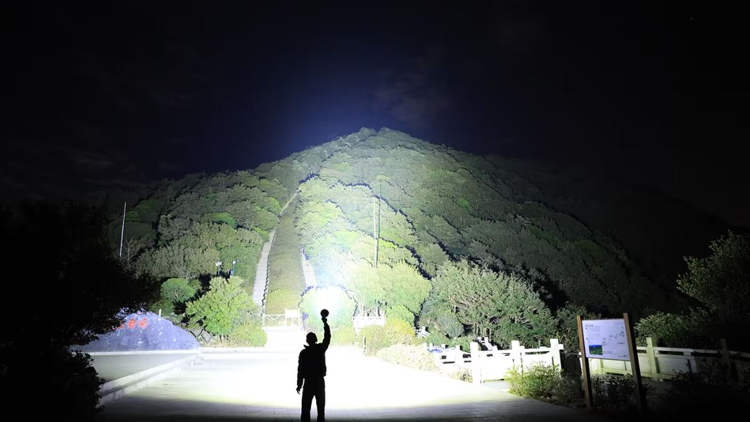Sand sculptor Jamie Wardley transforms beaches into canvases for his art, as he tries to send important messages through his giant sand drawings.
Jamie first came into contact with the world of sand sculpting, as a young boy, on a trip in Norway. He met a sand sculptor who managed to turn two sand blocks into The Queen and Mr. Bean, in just a few hours, and Jamie was amazed by his talent, so he started asking the master all kinds of questions about his art. One thing led to another and before he knew it, the young boy had sand carving tools in each of his hands and was working on his very first sculpture. The sand sculptor was very impressed with his work, and told Jamie he could attend some of his classes, if ever returned to Norway.
It was years before Jamie Wardley contacted the talented sculptor, but when he did, he was welcomed back to the land of fjords, to start his apprenticeship as a sand sculptor. Along the way, the young Brit started making ice sculptures as well as impressive sand drawings, and now he’s one of the world’s most famous beach artists in the world.
Basically, Jamie and his team create these spectacular sand drawings by raking the sand while coordinating themselves perfectly, but he admits there are some trade secrets he only reveals during workshops. He and his team at “Sand in Your Eyes” create incredibly detailed sand drawings, up to 800 meters large. While they only last a few hours, before the tide sweeps over them, Jamie’s works can clearly be seen from the air and on the ground, during this short period of time.
Jamie Wardley’s company creates commercial sand drawings, like for companies who want to promote their products, but also takes interest in preserving the environment, and honoring history. Over the years they’ve created various sand drawings in protest to global warming and pollution.





















